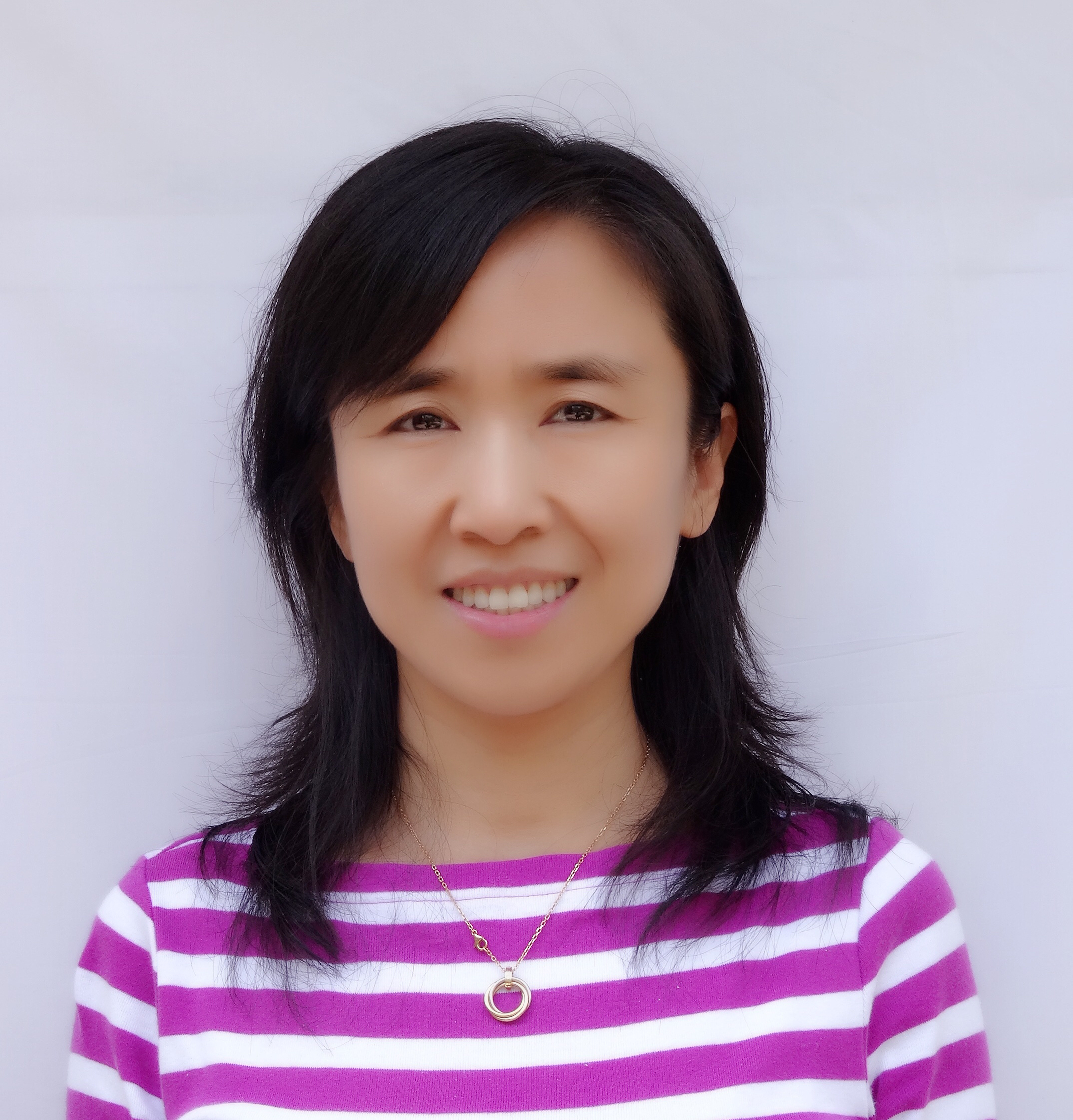Recent Conference Oral
Date:
When Causal Intervention Meets Adversarial Examples and Image Masking for Deep Neural Networks
<img src=https://github.com/xma-ultra-signals/xma-ultra-signals.github.io/blob/master/images/icip.png’>
Our Pytorch implementation has released here.
Discovering and exploiting the causality in deep neural networks (DNNs) are crucial challenges for understanding and reasoning causal effects (CE) on an explainable visual model. “Intervention” has been widely used for recognizing a causal relation ontologically. In this paper, we propose a causal inference framework for visual reasoning via do-calculus. To study the intervention effects on pixel-level feature(s) for causal reasoning, we introduce pixel-wise masking and adversarial perturbation. In our framework, CE is calculated using features in a latent space and perturbed prediction from a DNN-based model. We further provide a first look into the characteristics of discovered CE of adversarially perturbed images generated by gradient-based methods. Experimental results show that CE is a competitive and robust index for understanding DNNs when compared with conventional methods such as class-activation mappings (CAMs) on the ChestX-ray 14 dataset for human-interpretable feature(s) (e.g., symptom) reasoning. Moreover, CE holds promises for detecting adversarial examples as it possesses distinct characteristics in the presence of adversarial perturbations.
Paper: WP.L7.4 – When Causal Intervention Meets Adversarial Examples and Image Masking for Deep Neural Networks
Session Format: Lecture
Session Time: Wednesday, September 25, 14:00 - 16:00
Session Location: Room 201DE (2F)
Paper Presentation Time: Wednesday, September 25, 15:00 - 15:20 (20 minutes)
bib file
@article{yang2019causal, title={When Causal Intervention Meets Adversarial Examples and Image Masking for Deep Neural Networks}, author={Yang, Chao-Han Huck and Liu, Yi-Chieh and Chen, Pin-Yu and Ma, Xiaoli}, journal={26th IEEE International Conference on Image Processing (ICIP)}, year={2019} } ***
“Fixed-point realization of Lattice-reduction aided MIMO receivers with complex K-best algorithm,” IEEE International Conf. on Acoustics, Speech, and Signal Processing , Vancouver, Canada, May 29,2013.
“Detecting UWB Signals Using Cyclic Features,” International Conf. on UWB , Sydney, Australia, Sept. 18, 2013.
“Maximum Likelihood Detectors for Generalized Code-Multiplexing Ultra-Wideband Systems,” International Conf. on UWB , Sydney, Australia, Sept. 18, 2013.
“Fiber-Wireless Integration,” Georgia Tech Center for Optical Wireless Applications , Atlanta, USA,Nov. 20, 2014.
“An Enhanced Fixed-Complexity LLL Algorithm for MIMO Detection,” IEEE GlobeCom, Dec. 10,2014.
“Joint Time Synchronization and Localization for Underwater Acoustic Sensor Networks,”ACM International Conference on Underwater Networks and Systems , Oct. 25, 2015.
“Fixed-Complexity Variants of the Effective LLL Algorithm with Greedy Convergence for MIMO Detection,”IEEE ICASSP , Mar. 24, 20
